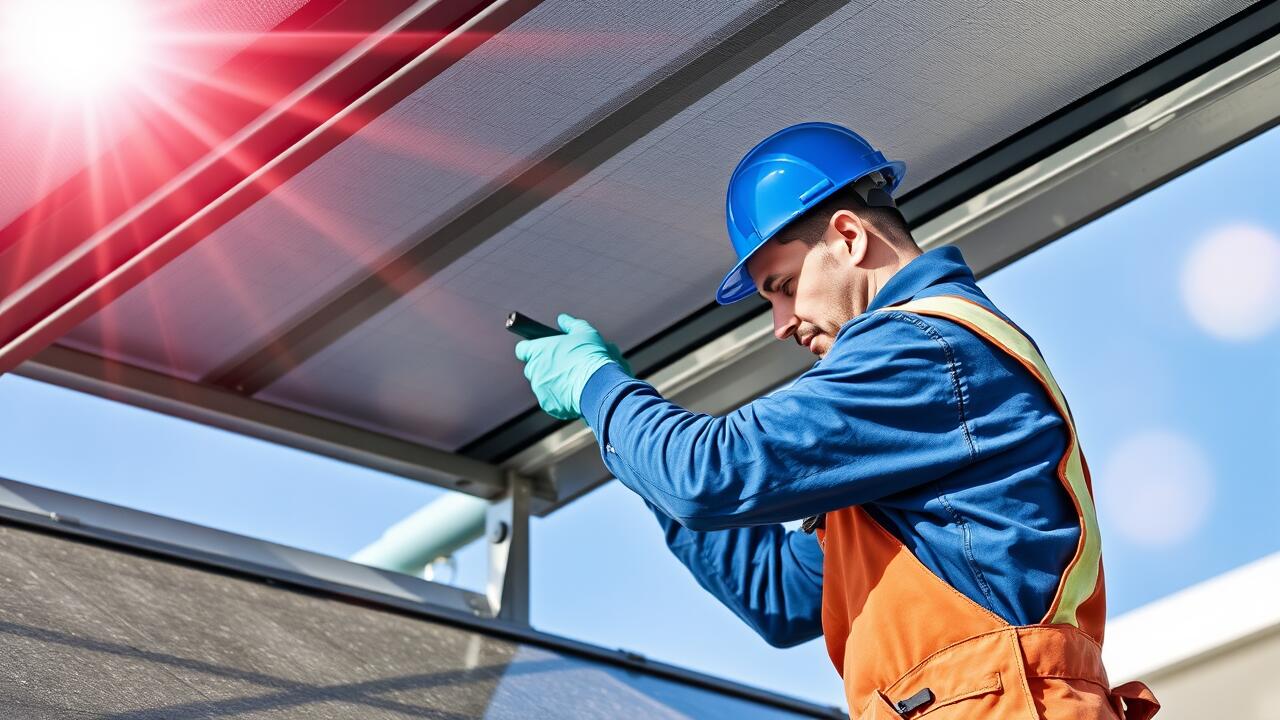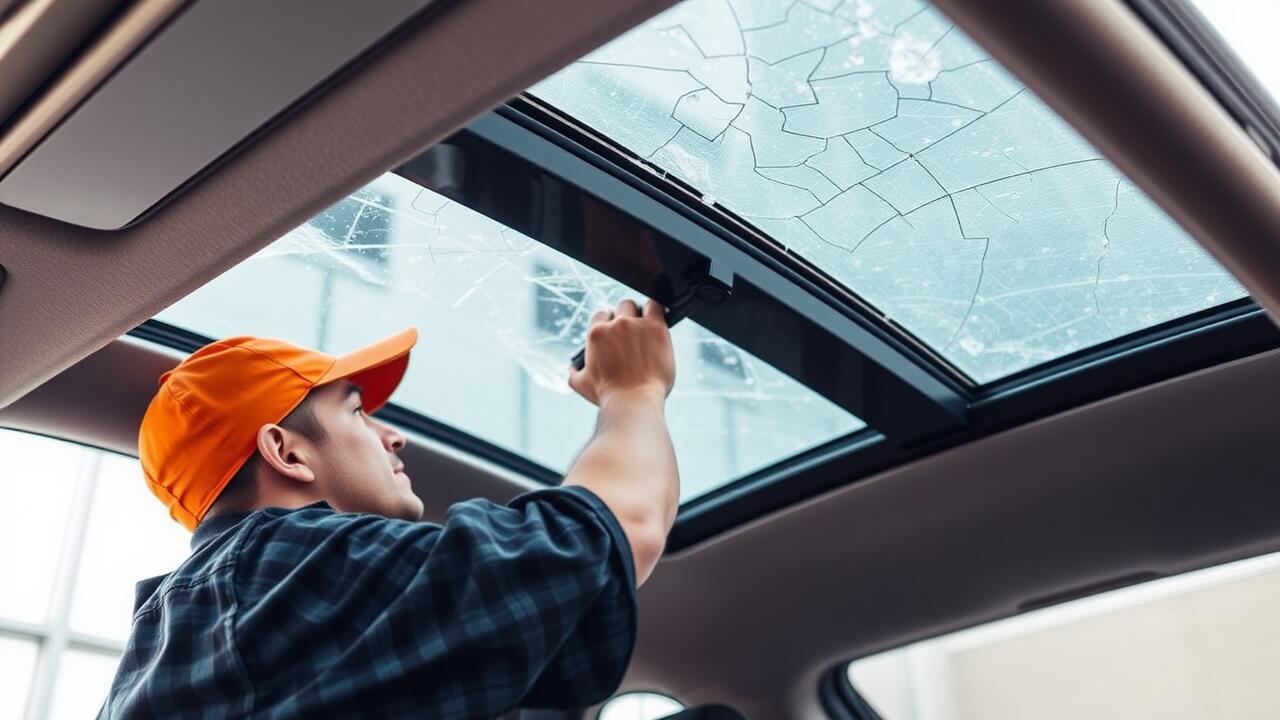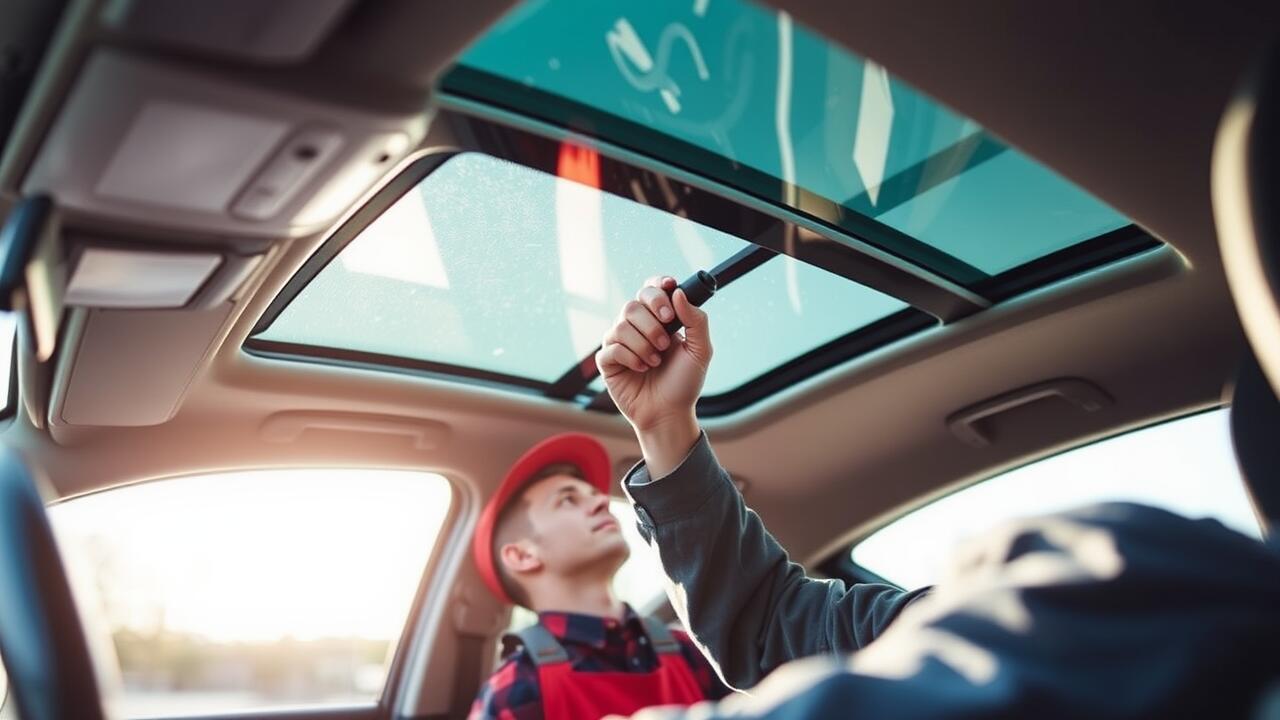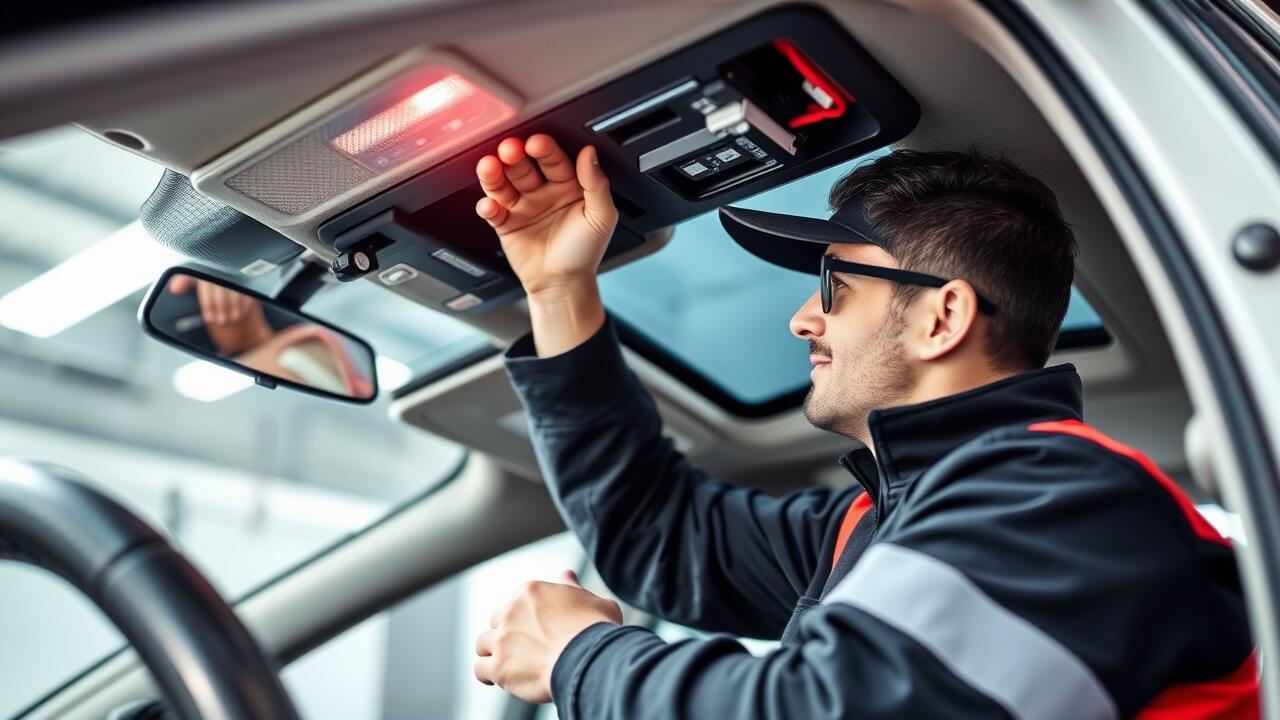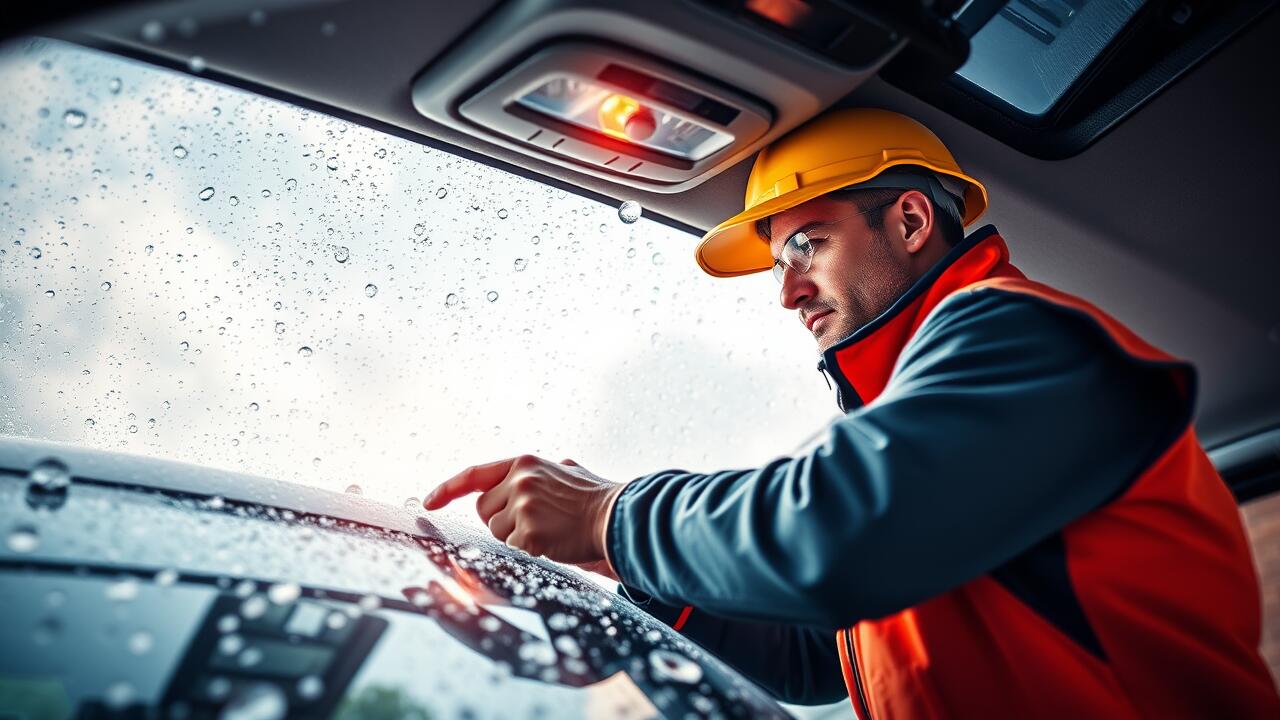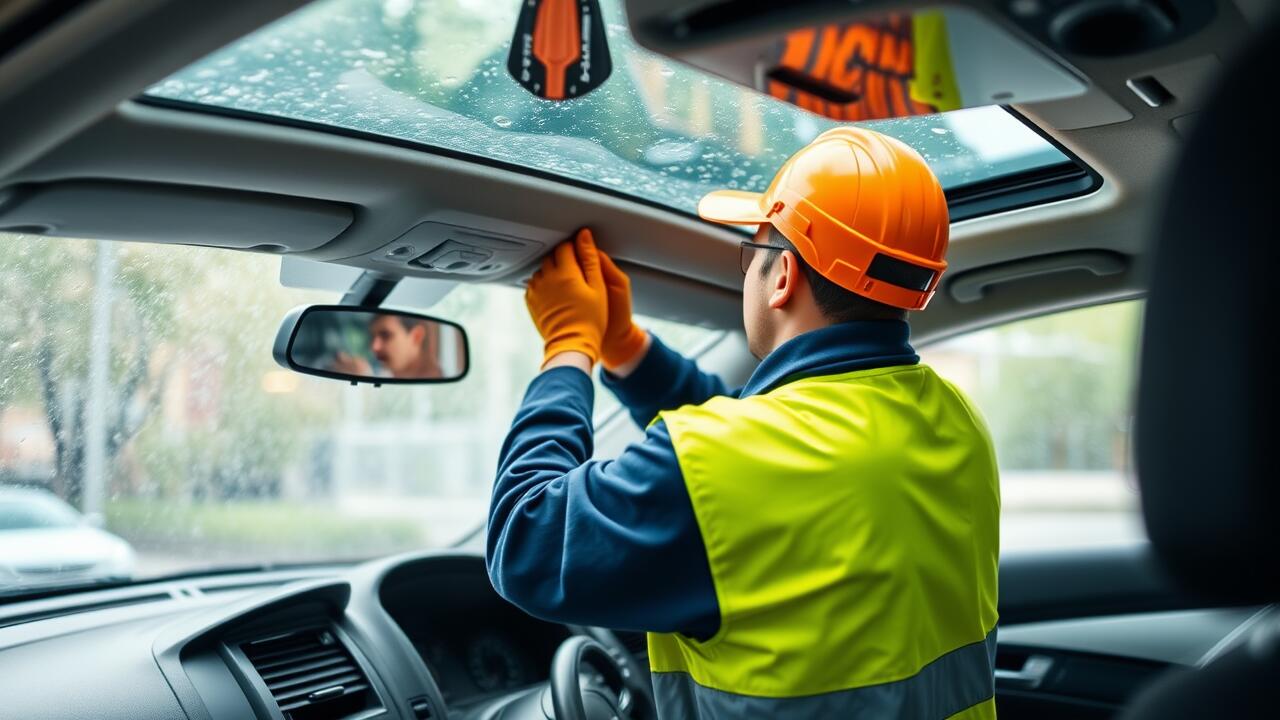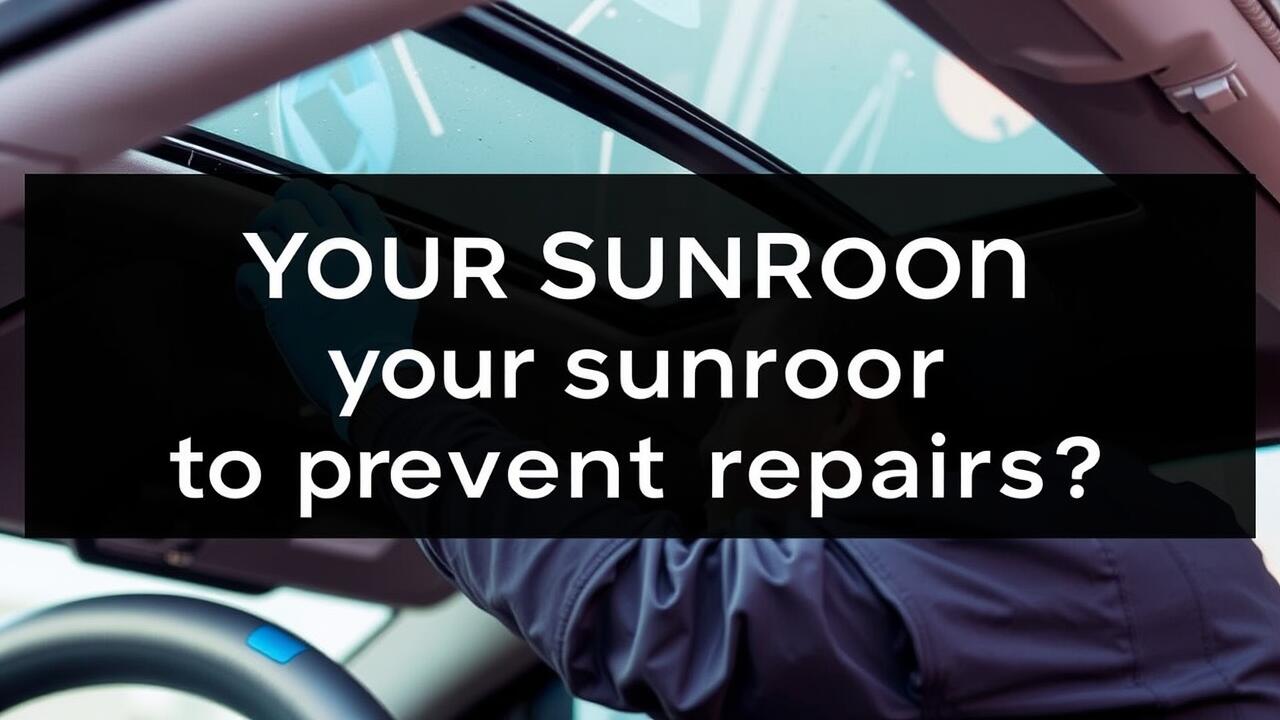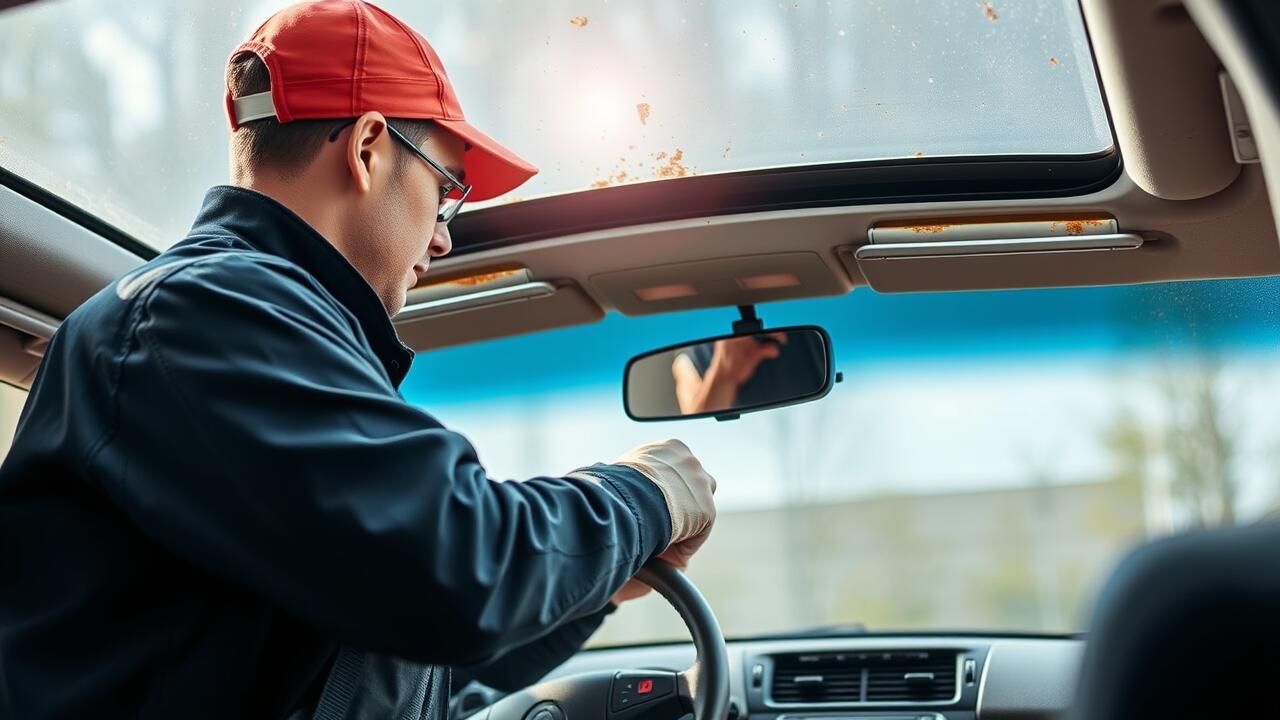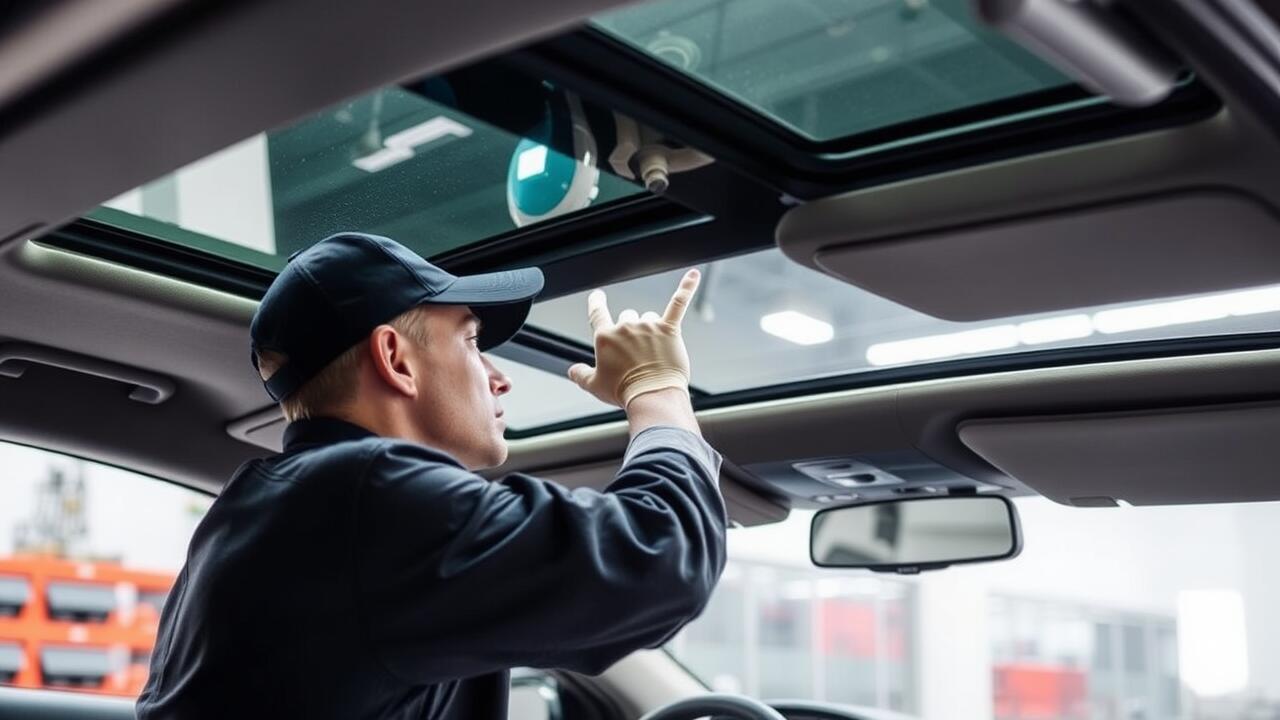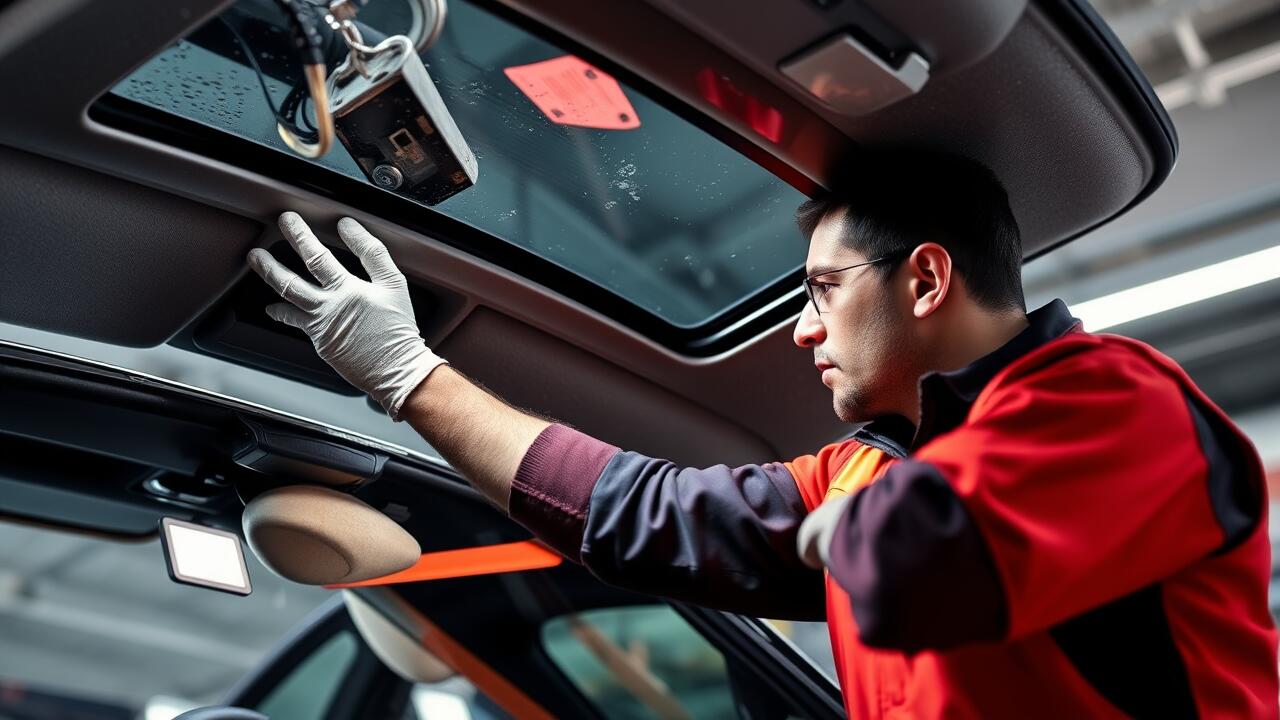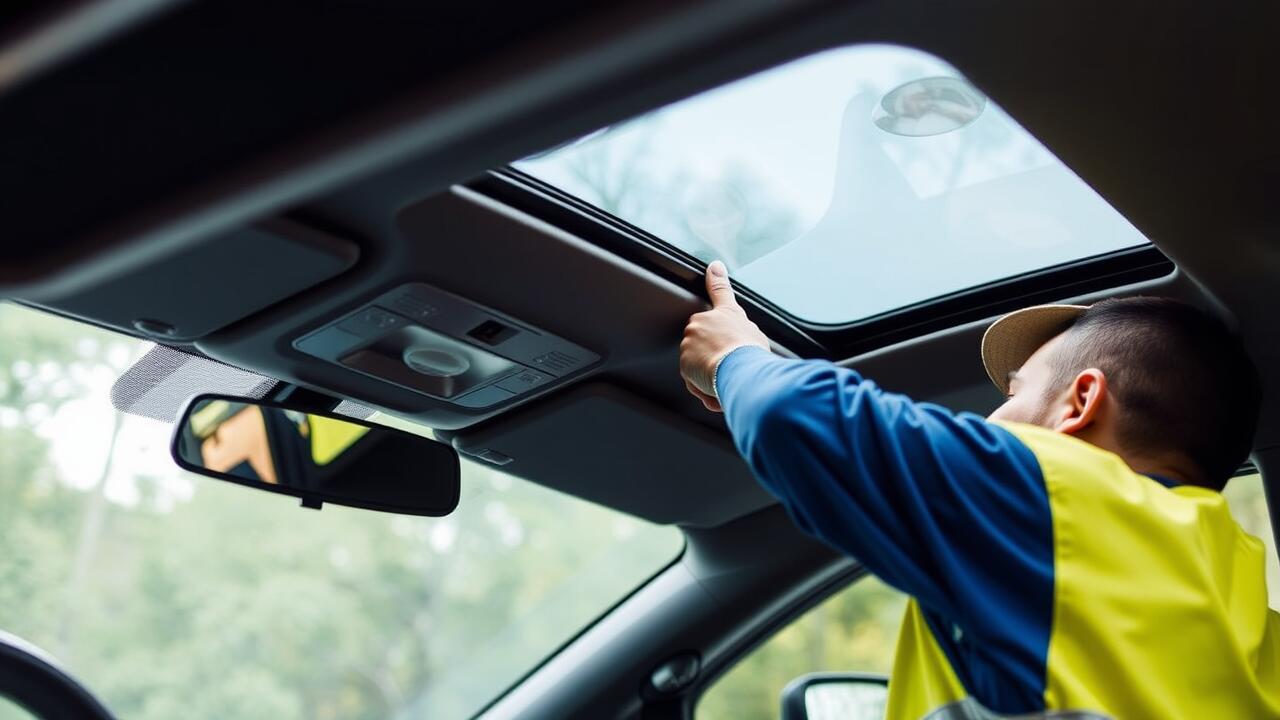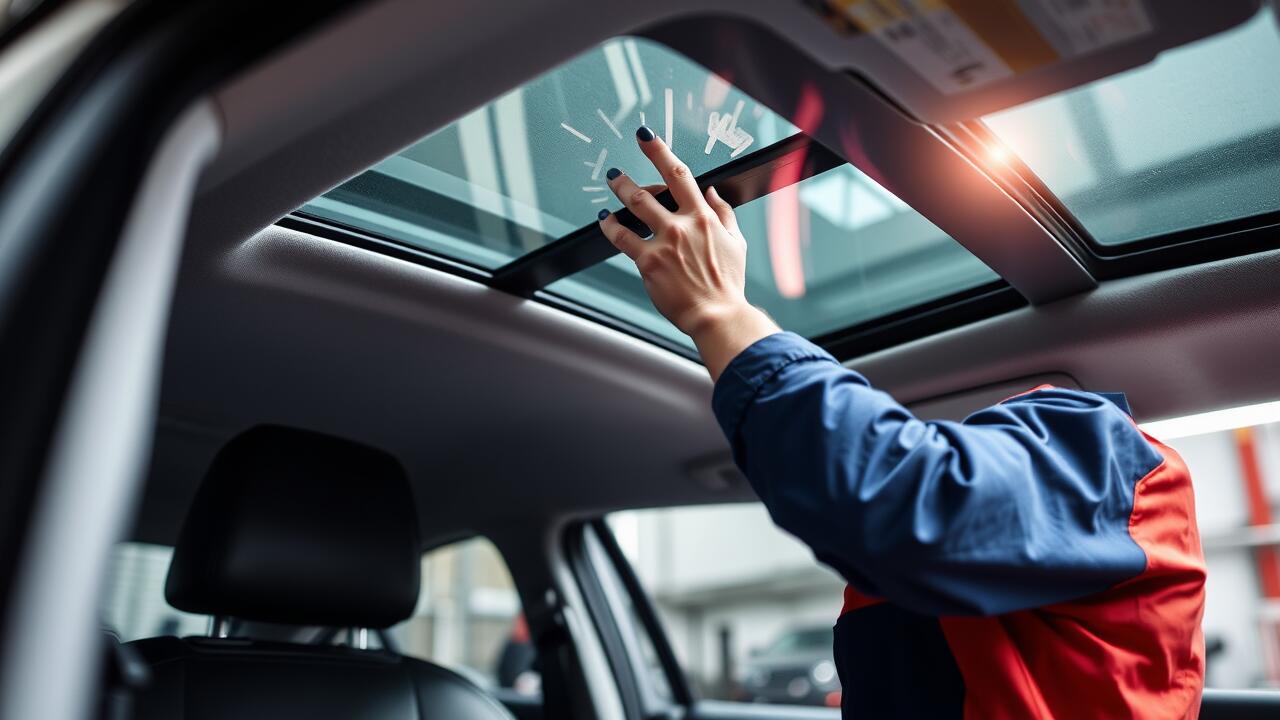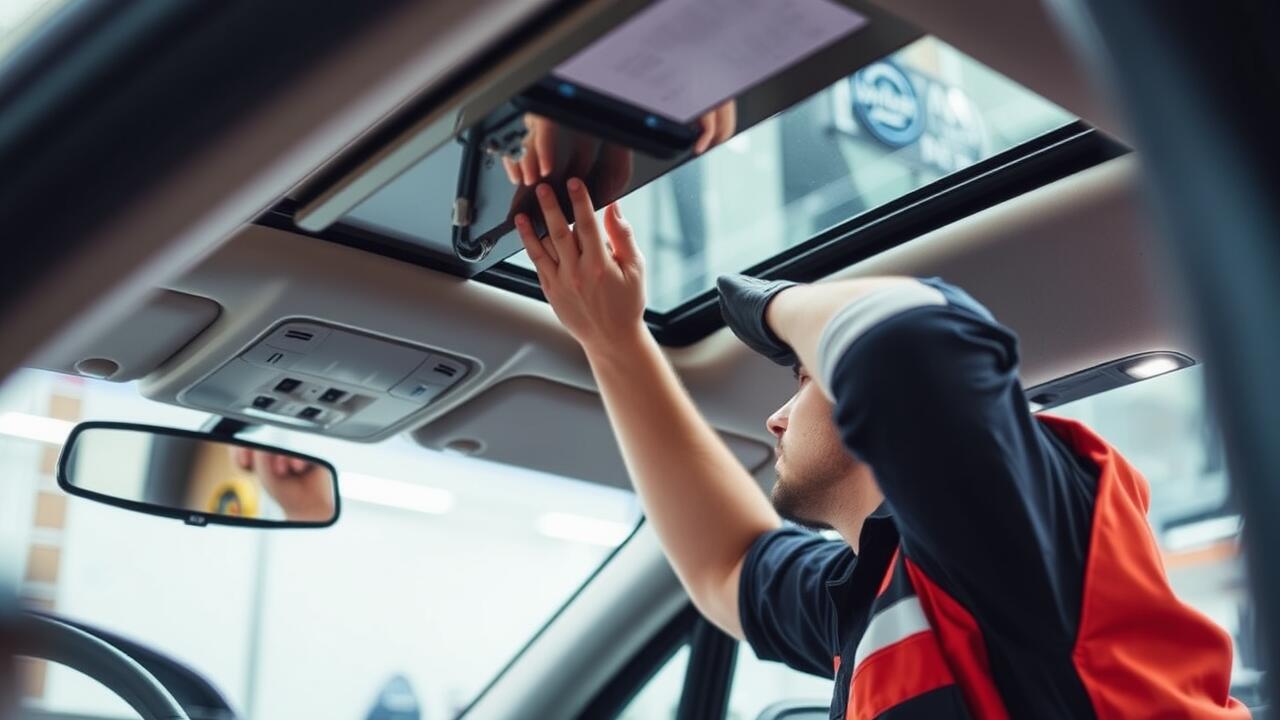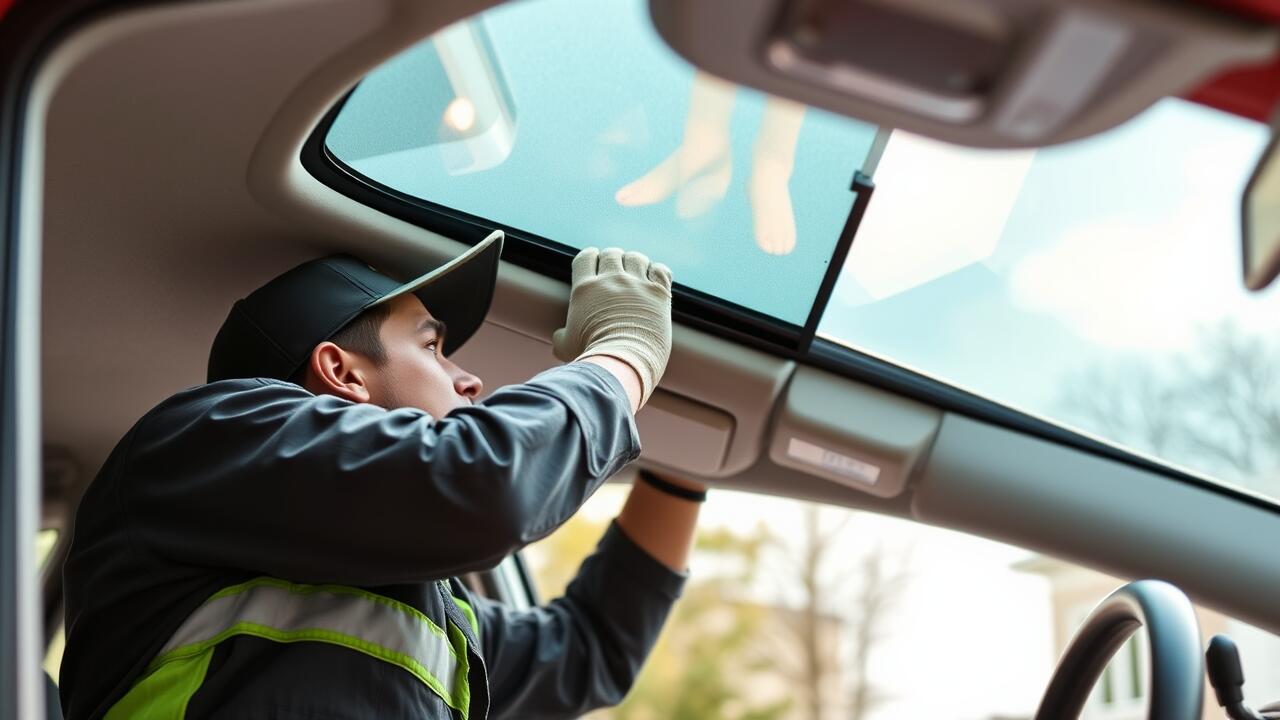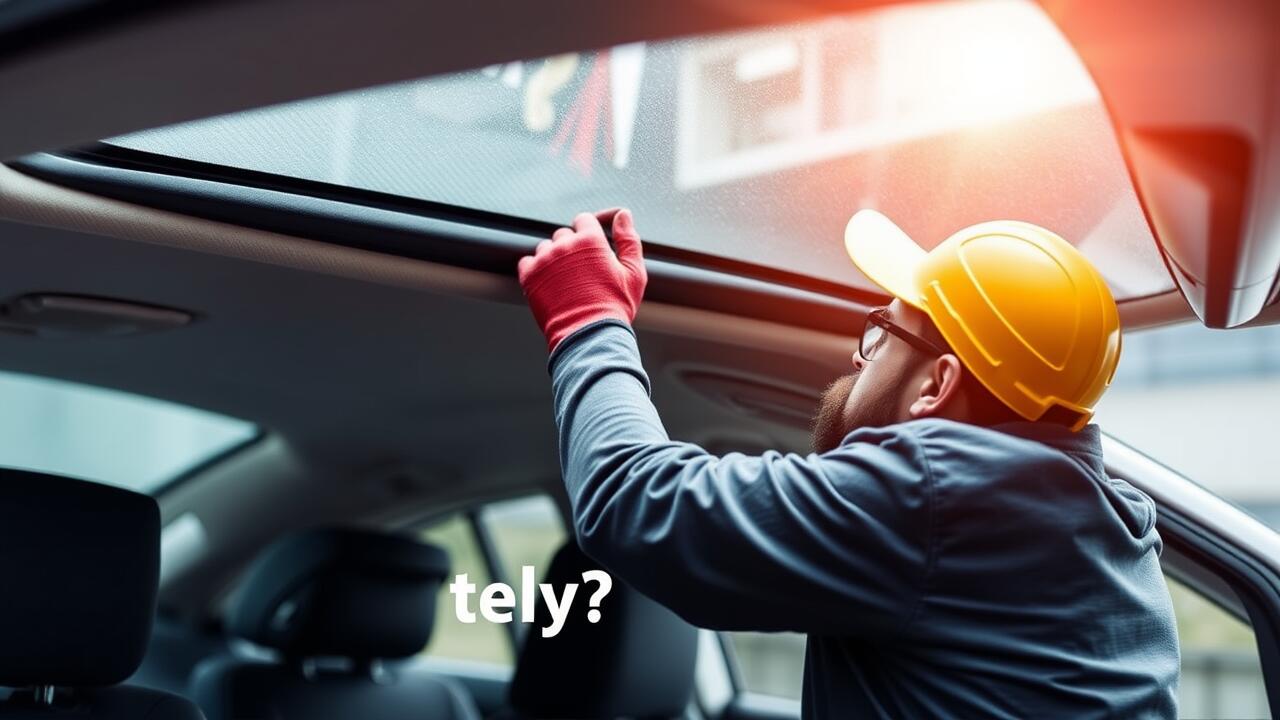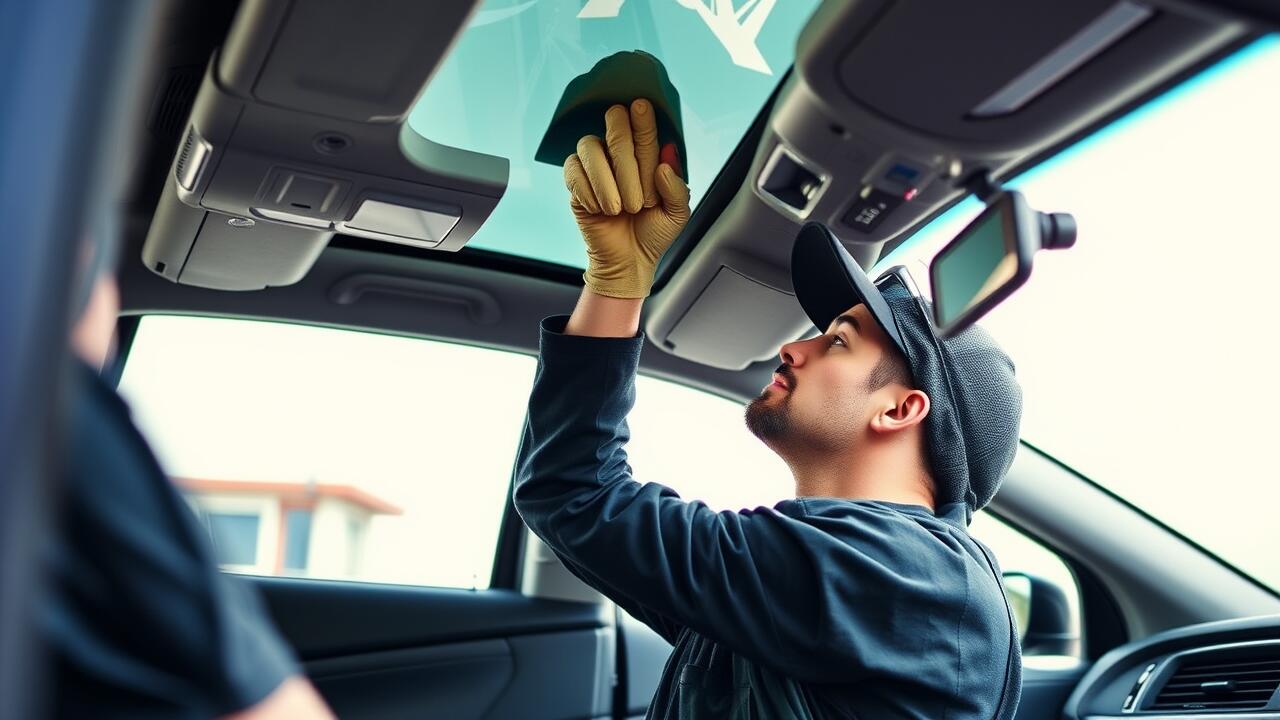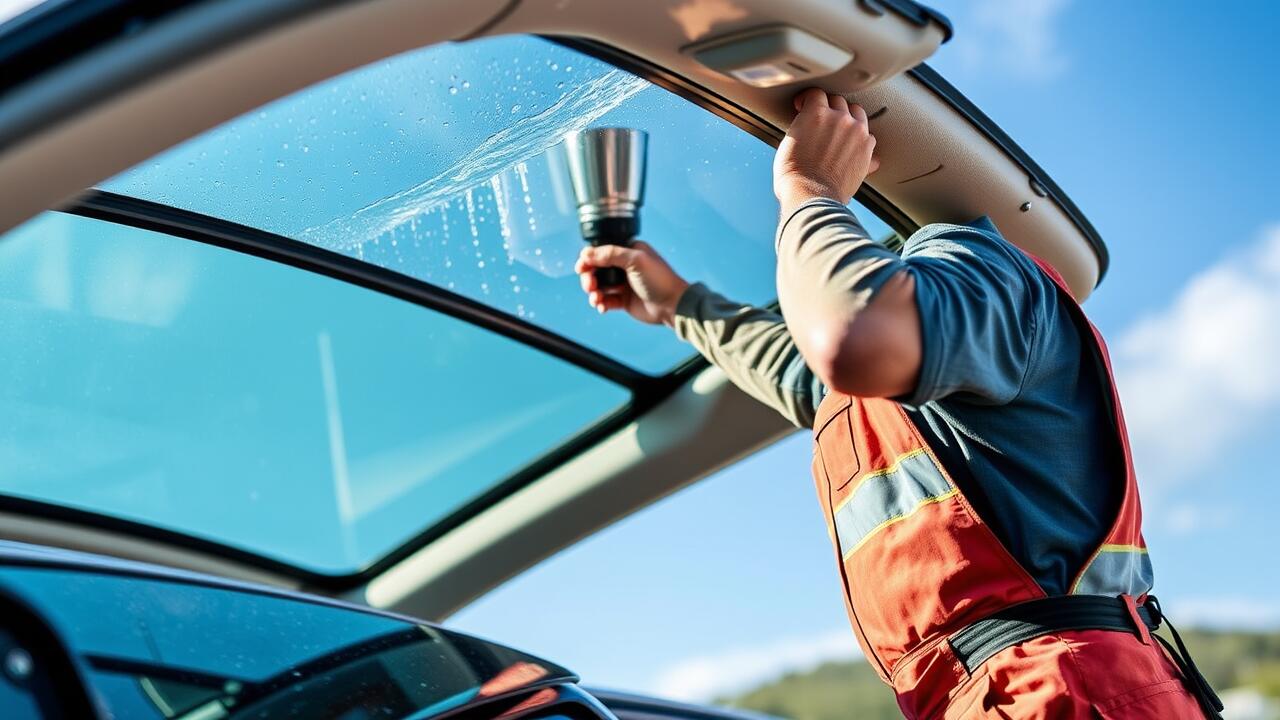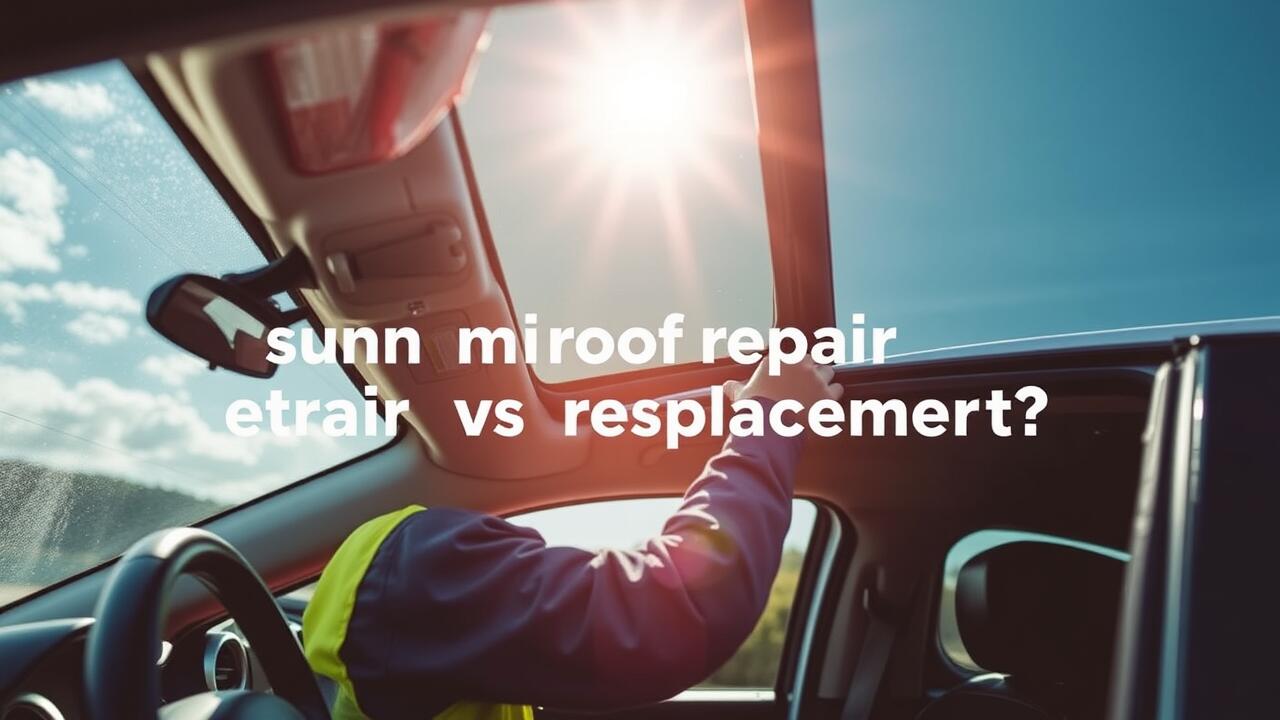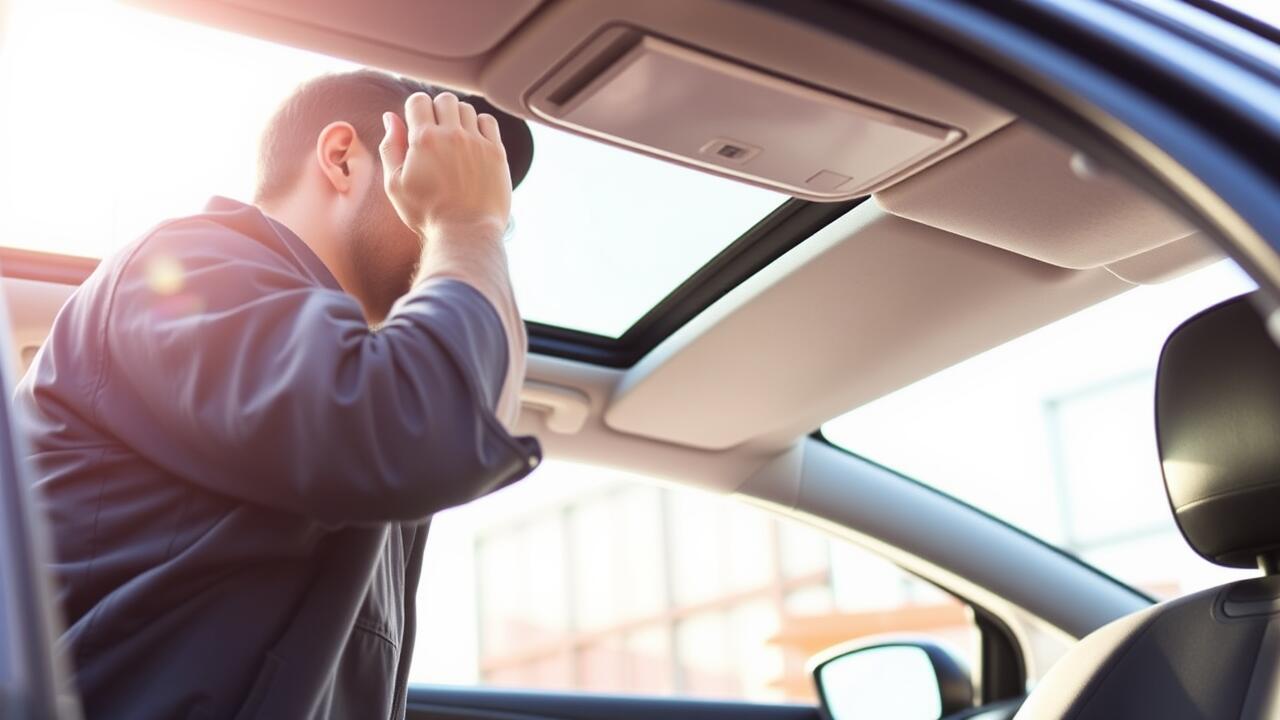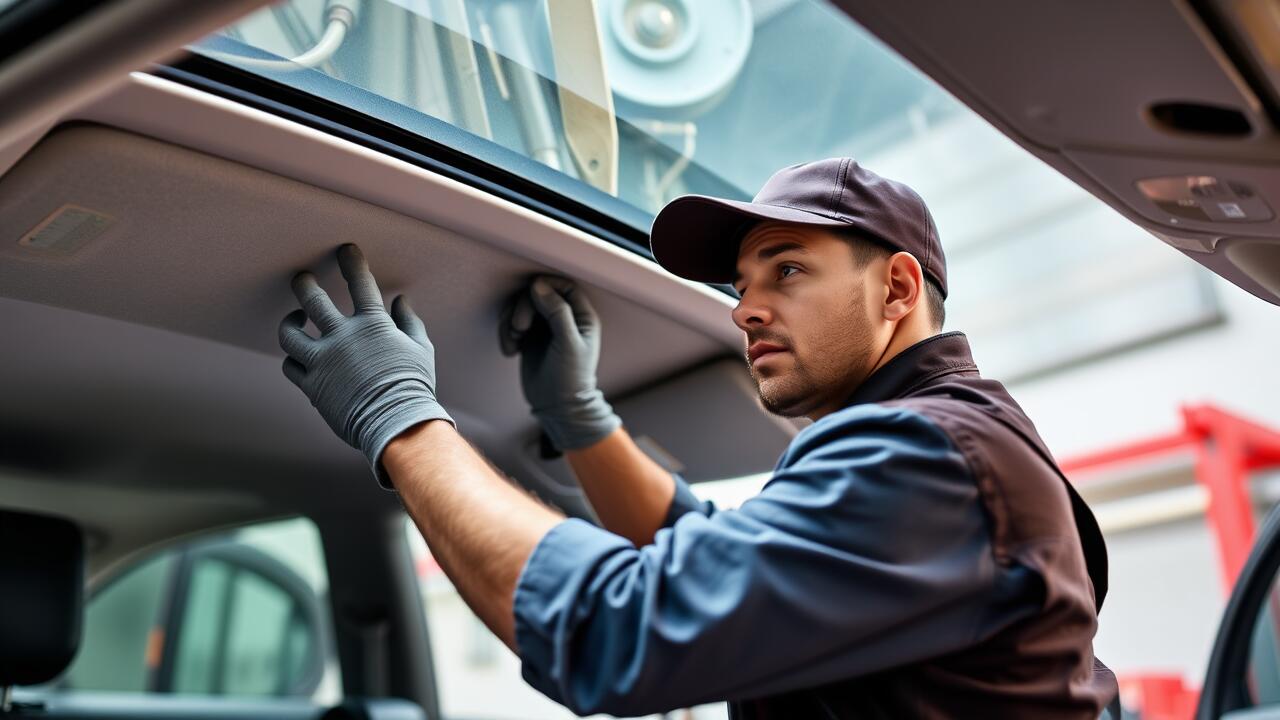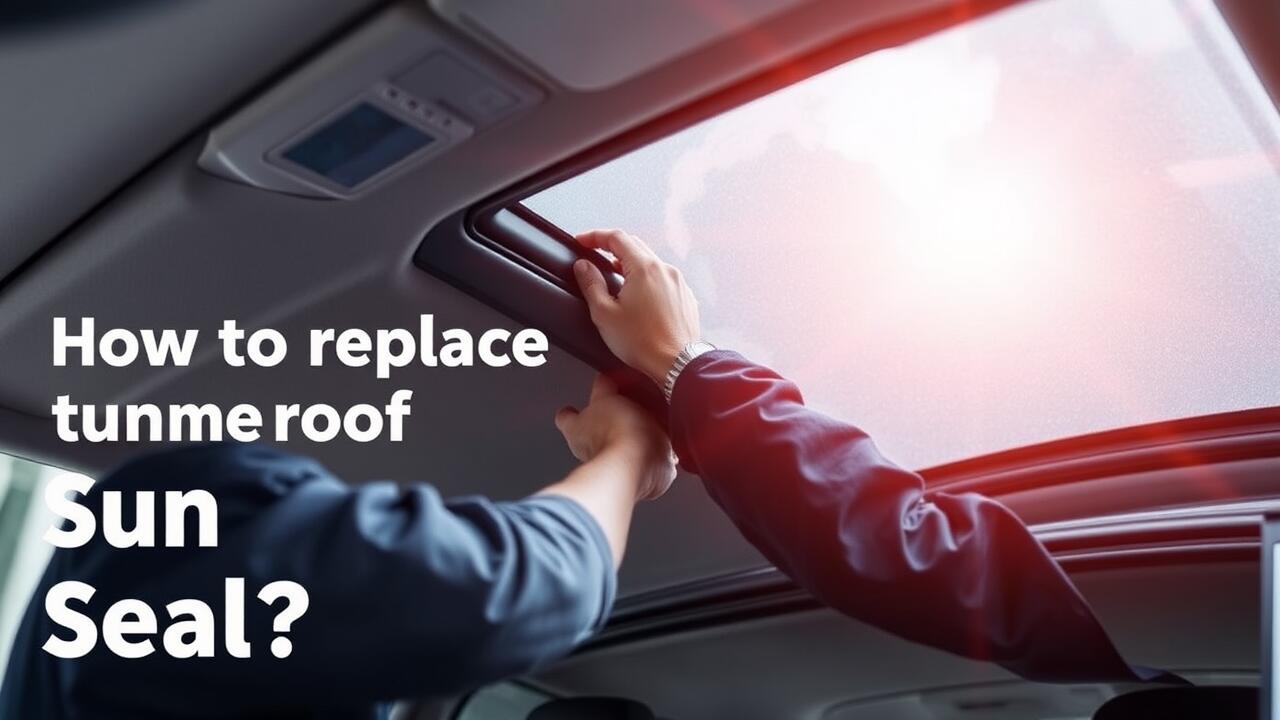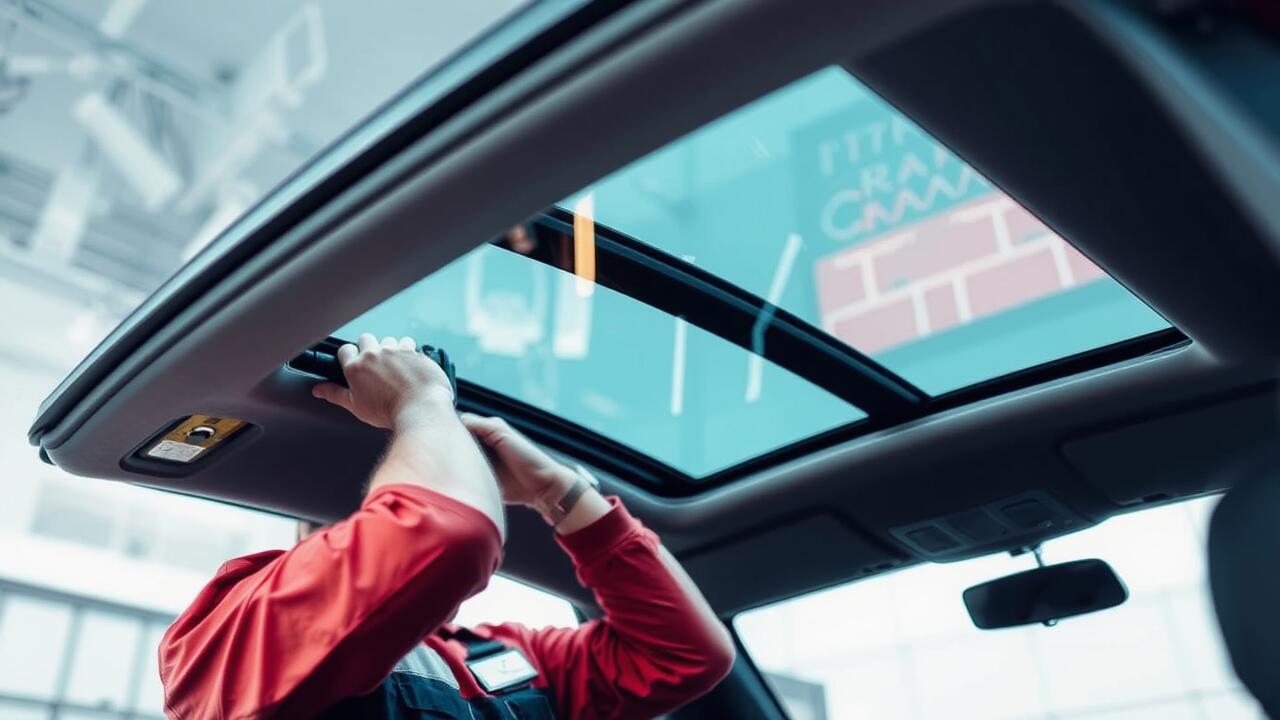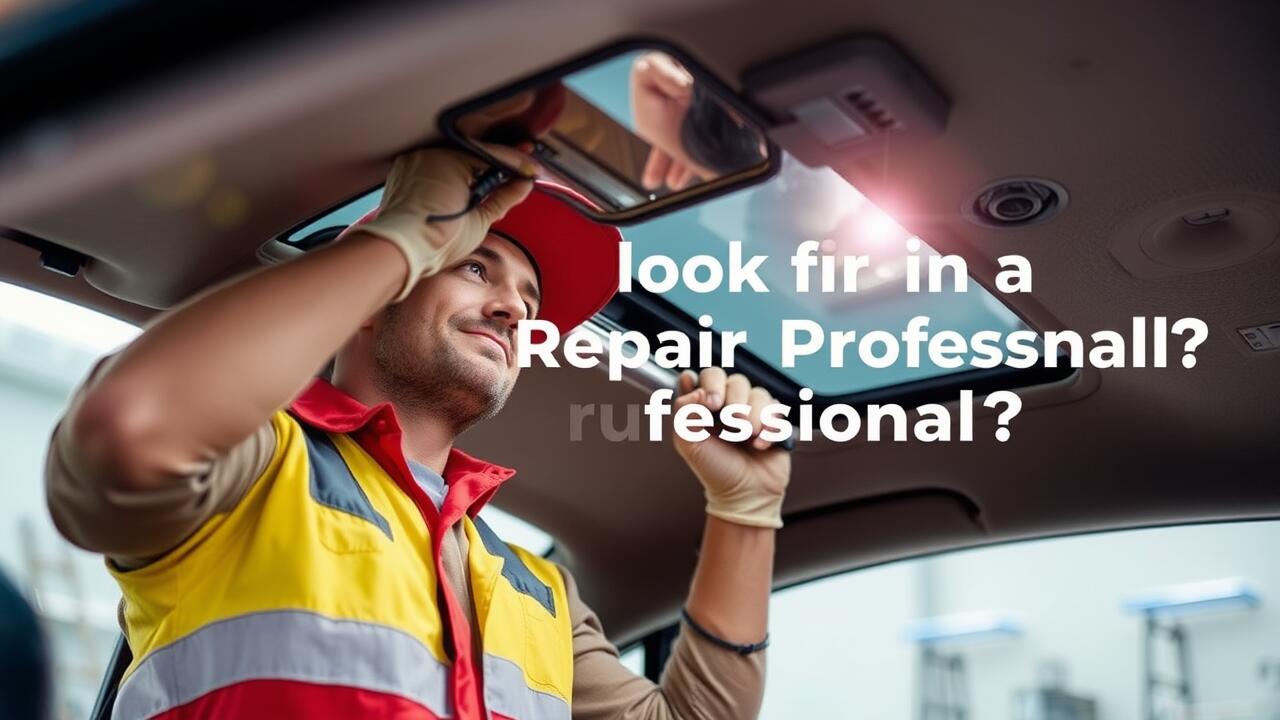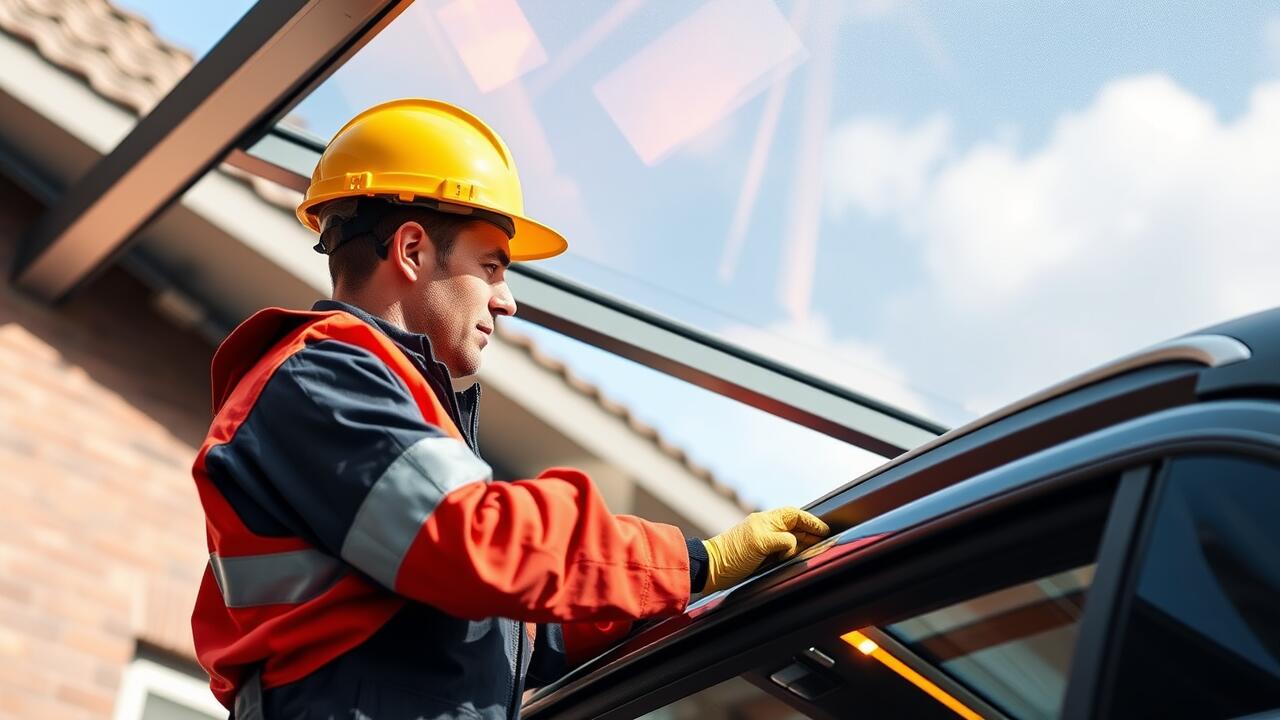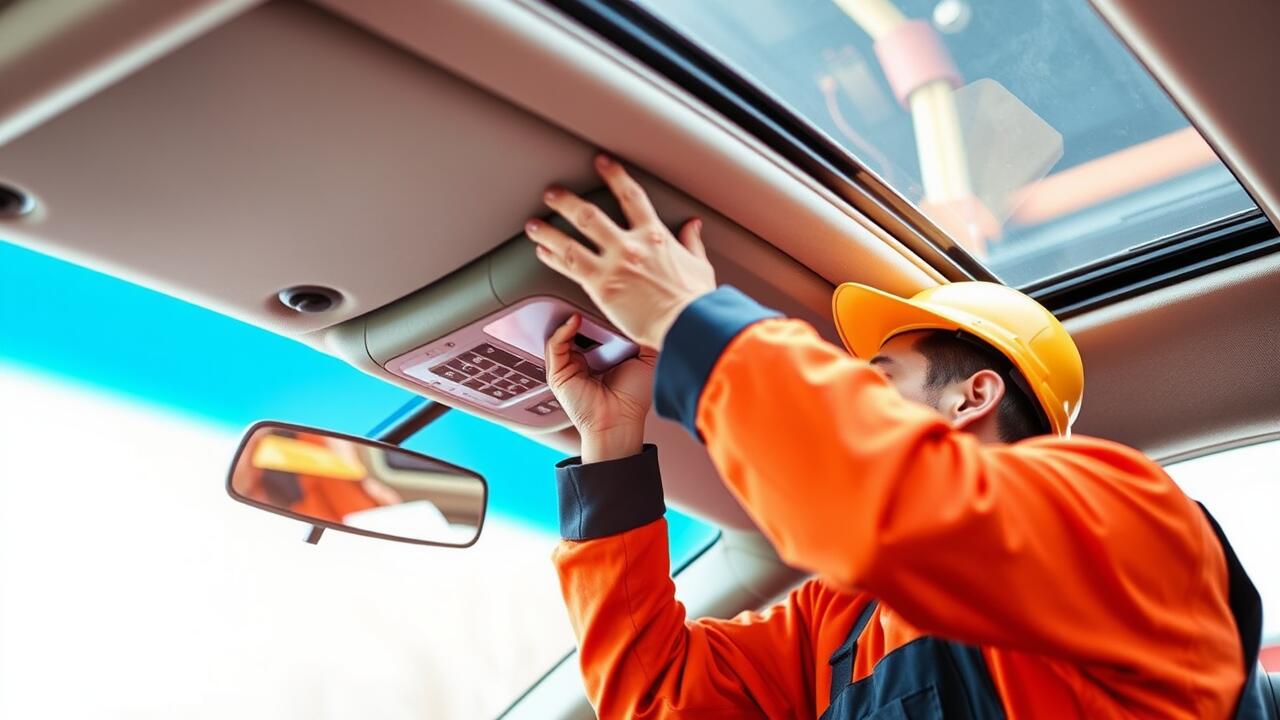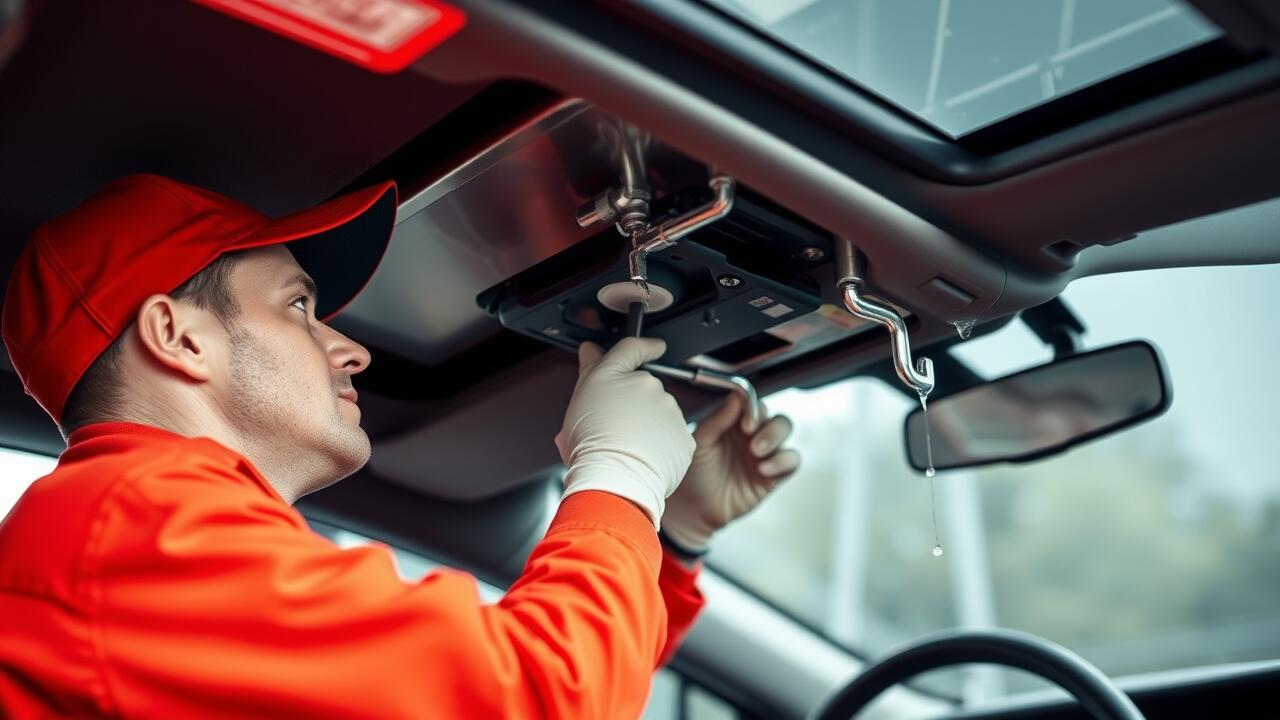
Table Of Contents
Structural Damage to the Vehicle
Structural damage to a vehicle can often lead to sunroof leaks. When the integrity of the vehicle's frame is compromised, it can create gaps or misalignments that allow water to penetrate. Examples of structural damage include collisions, improper repairs, or even rust forming in critical areas. Each of these factors can contribute to an increased risk of leaks, making regular inspections vital for maintaining a fully functioning sunroof.
Identifying signs of structural damage early can help address potential leaks before they worsen. Professional sunroof repair may be necessary if damage is detected. Repair technicians often recommend inspecting the sunroof and surrounding areas to assess any potential issues, including the seals and drainage systems. This proactive approach can prevent further complications and maintain the sunroof's effectiveness in protecting the vehicle's interior.
Common Impact Scenarios
Sunroofs, while providing a unique view and fresh air, can be compromised by various impact scenarios. Objects falling onto the sunroof during storms or high winds can cause cracks or chips. Even minor impacts can lead to leaks over time, especially if the integrity of the seals is disrupted. Regular inspections can help identify these issues early, preventing more extensive damage and requiring immediate Sunroof Repair.
Another common scenario involves external factors such as debris accumulation. Leaves, dirt, and other materials can block drainage channels, leading to water pooling and eventually seeping into the vehicle interior. Prompt removal of debris is essential to maintain the functionality of the sunroof. Ignoring this maintenance can result in persistent leaks, which may necessitate significant Sunroof Repair for restoration.
Weathering and Ageing
Sunroofs are often subjected to prolonged exposure to sunlight, rain, and other environmental factors, leading to wear and tear over time. As the materials age, seals can deteriorate, making them more susceptible to water ingress. UV rays can cause the rubber seals to crack and lose their elasticity, compromising their ability to keep moisture out. Regular inspections are essential to detect early signs of degradation to prevent potential leaks.
The accumulation of dirt and debris can exacerbate the effects of weathering, obstructing drainage channels that are crucial for directing water away from the sunroof. When these channels are blocked, water can pool and eventually filter into the vehicle, leading to the need for Sunroof Repair. Proper maintenance, including regular cleaning of both the sunroof and its surrounding areas, can extend the lifespan of the sunroof while minimising the risks associated with ageing.
Effects of Harsh Conditions
Harsh weather conditions can significantly contribute to the deterioration of a vehicle’s sunroof. Prolonged exposure to intense sunlight can lead to the degradation of seals and gaskets. UV rays break down materials over time, making them brittle and less effective at keeping water out. Additionally, heavy rain can create pooling water if drainage channels are blocked, leading to leaks within the vehicle.
Extreme temperatures also play a crucial role in sunroof integrity. Freezing conditions can cause ice to form around the sunroof, potentially causing cracks or even shattering the glass. In contrast, excessive heat may warp the frame or glass, resulting in misalignment. These issues necessitate prompt sunroof repair to prevent further damage. Regular inspections are essential to mitigate the risks associated with adverse weather conditions.
Improper Use and Operation
Sunroofs are designed to enhance the driving experience by allowing light and fresh air into the cabin. However, improper use can lead to significant issues, including leaks. Leaving the sunroof open during heavy rain or inclement weather can result in water entering the vehicle. Additionally, not regularly checking the sunroof seals for debris and blockages can compromise their effectiveness, creating vulnerabilities over time.
It's essential to follow best practices when using a sunroof to prevent potential problems. Always ensure the sunroof is fully closed before parking, particularly in areas prone to sudden weather changes. Regular maintenance, such as cleaning the drainage channels, is crucial for avoiding water build-up. If leaks do occur, seeking prompt Sunroof Repair from a professional can mitigate further damage and ensure the longevity of the vehicle’s interior.
Best Practices for Sunroof Use
Regular maintenance is essential to prolong the life of a sunroof and reduce the risk of leaks. Keeping the tracks clean and free of debris ensures smooth operation and prevents blockages that can lead to water accumulation. It is wise to inspect the seals around the sunroof periodically. Signs of wear or damage may indicate the need for sunroof repair, which can prevent more serious issues down the track.
Users should also avoid excessive force when opening or closing the sunroof. Sudden impacts or improper handling can damage the mechanisms and lead to misalignment. Staying mindful of the weather conditions before opening the sunroof is advisable. Heavy rain or storms can result in unwanted water intrusion, making it crucial to close the sunroof securely during adverse weather.
FAQS
What are the main causes of sunroof leaks?
The main causes of sunroof leaks include structural damage to the vehicle, weathering and ageing, and improper use and operation of the sunroof.
How can structural damage lead to sunroof leaks?
Structural damage, such as dents or misalignments from impacts, can compromise the integrity of the sunroof seal, allowing water to seep through.
How does weathering affect sunroof performance?
Over time, exposure to harsh weather conditions can cause seals and gaskets to deteriorate, making them less effective at preventing leaks.
What are some common scenarios that can cause impact-related damage to a sunroof?
Common impact scenarios include hailstorms, fallen branches, and debris from the road or surrounding environment, which can crack or break the sunroof glass.
What are some best practices for using a sunroof to prevent leaks?
Best practices include ensuring the sunroof is fully closed when not in use, regularly checking and cleaning the drainage channels, and avoiding excessive force when operating the sunroof.
